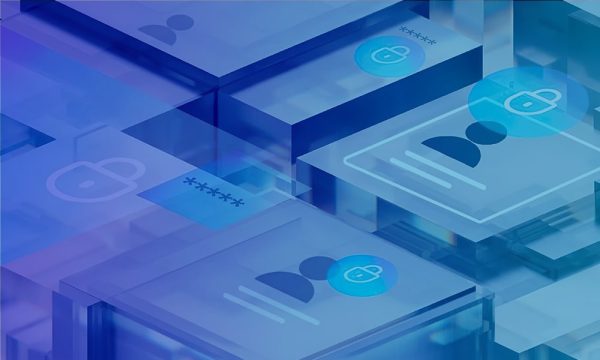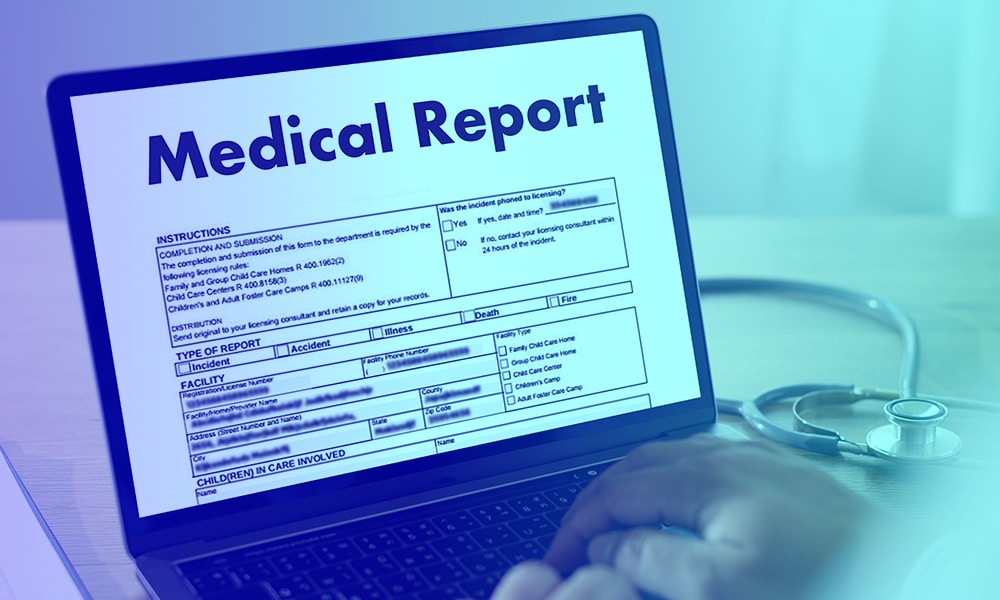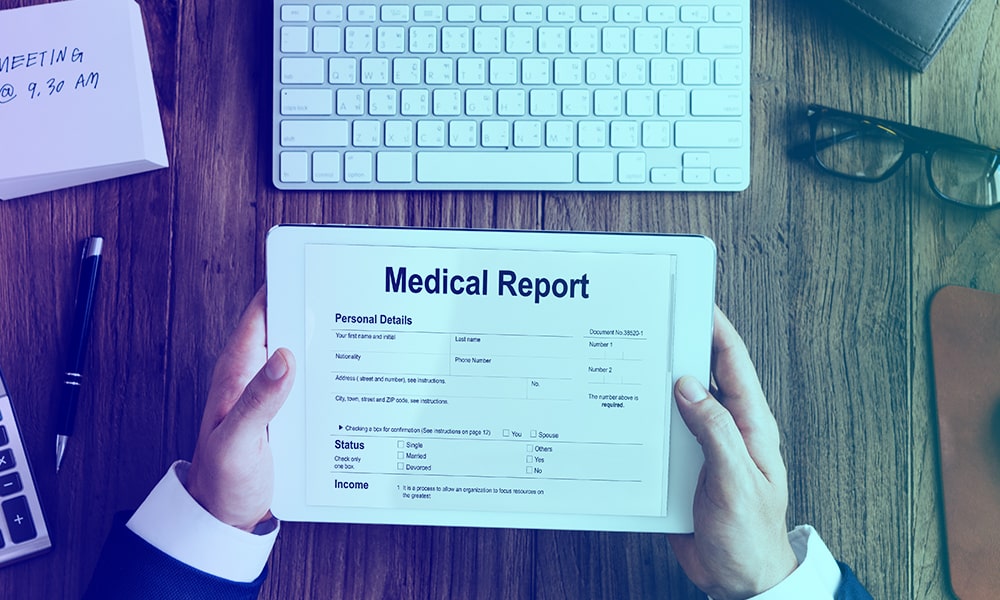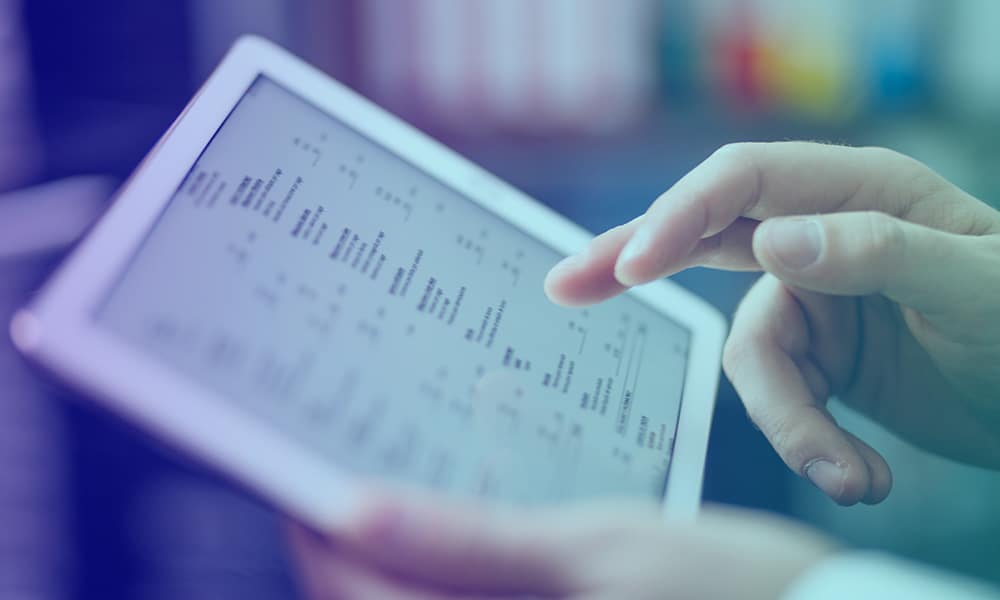The healthcare landscape is undergoing a digital revolution, with data emerging as the lifeblood of medical advancements. Yet, this progress must be balanced with the fundamental right to privacy. The General Data Protection Regulation (GDPR) has ushered in a new era of data protection, particularly for sensitive healthcare information. But GDPR is not about restricting progress; it’s about responsible innovation. This is where de-identification comes in – a powerful tool that allows us to unlock the immense potential of healthcare data while safeguarding patient privacy.
GDPR: A Game-Changer for Healthcare Data Privacy
Remember when sharing your medical history felt like giving away your deepest secrets? The General Data Protection Regulation (GDPR) aims to put those fears to rest. This landmark regulation, implemented in 2018, sets strict rules for how organizations collect, store, and use personal data, including sensitive health information. For healthcare providers, researchers, and tech innovators, understanding GDPR is no longer optional – it’s essential. But what does it really mean for patients and providers?
Key GDPR Provisions Affecting Healthcare
Your Data, Your Rules
Patients have the right to access their data and transfer it between providers.
The Digital Eraser
Patients can request the deletion of their personal data.
No More Secrets
Organizations must promptly inform authorities and affected individuals in the event of a data breach.
Challenges and Solutions in Implementing De-Identification
De-identification isn’t without its hurdles. Striking the right balance between data utility and privacy can be tricky. Here are some key challenges and how to overcome them:
- Balancing Act: Removing too much information can render the data useless for analysis. The solution? Employing advanced de-identification techniques that preserve data utility while ensuring anonymity.
- The Human Factor: Human error during data handling can lead to privacy breaches. Robust data governance frameworks and staff training programs are crucial to minimize risks.
- Evolving Regulations: Data privacy laws are constantly evolving. Staying updated and adapting de-identification processes is an ongoing effort.
The De-Identification Dilemma: Protecting Privacy While Advancing Medicine
De-identified healthcare data is invaluable for medical research and AI innovations, enabling researchers to access vast datasets without compromising patient privacy. This facilitates breakthroughs in disease prevention, diagnosis, and treatment. Imagine a world where researchers can analyze millions of patient records to find groundbreaking treatments without compromising individual privacy. That’s the promise of de-identification. But how does it work, and what challenges do we face in making it a reality?
De-identification is like giving healthcare data a protective shield. It involves removing any personally identifiable information (PII) that could link the data back to an individual. This process ensures that patient privacy remains paramount while allowing researchers and developers to access valuable insights from the data.
Techniques for Effective Data De-Identification

Masking
Replacing sensitive data with pseudonyms or codes. For example, “John Doe” becomes “Patient 123.”
Anonymization
Irreversibly scrambling or removing PII, making it impossible to re-identify individuals.
Encryption
Securing data with encryption algorithms / unbreakable codes to protect it from unauthorized access.
Data Aggregation
Combining data from multiple individuals to create generalizable insights without revealing individual identities.
The Impact on Medical Research and AI
De-identified healthcare data is the fuel powering the next generation of medical breakthroughs. By providing researchers and AI algorithms with vast datasets, we can:
Accelerate Drug Discovery
Identify potential drug targets and develop new treatments more efficiently.
Personalize Medicine
Tailor treatments and preventive care based on individual patient characteristics and risk factors.
Improve Public Health Surveillance
Track disease outbreaks, identify trends, and develop effective public health interventions.
Future Trends in Healthcare Data Management
What does the future hold for healthcare data privacy and utility? Let’s gaze into our crystal ball:
- Block chain Revolution: Block chain technology can create tamper-proof records of data transactions, bolstering data integrity and security.
- AI to the Rescue: Machine learning algorithms can automate and improve the accuracy of de-identification processes.
- Global Harmony: International collaboration and standardized data privacy regulations will facilitate secure data sharing for global health initiatives.
How to Stay Compliant with Evolving GDPR Regulations
Don’t let compliance become a headache. Here are some practical tips to keep your organization on the right side of GDPR:
- Policy Perfection: Regularly updating your data protection playbook
- Tech Investments: Embracing cutting-edge de-identification and security tools
- Knowledge is Power: Educating your team on the importance of patient privacy
GDPR and de-identification are not roadblocks to progress, but stepping stones to a future where healthcare innovation and patient privacy go hand-in-hand. By embracing these concepts, we can unlock the true potential of healthcare data and pave the way for a healthier tomorrow.









